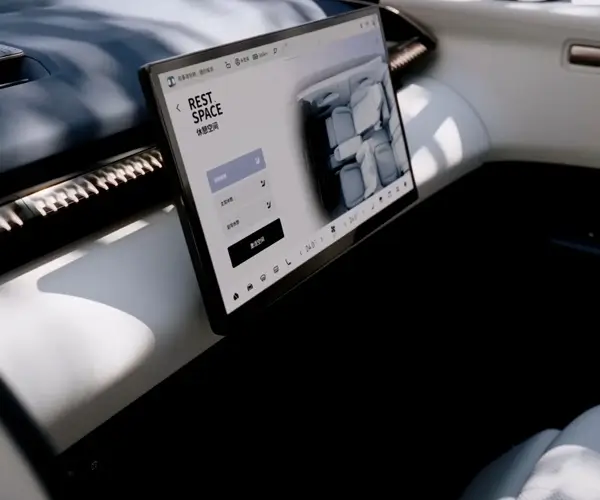Revolutionizing Sewing with Servo Motors: A New Era in Fabric Craftsmanship
For decades, traditional sewing machines have been driven by simple motors that offer limited control over speed and torque. While these machines have served millions of passionate sewists and professional tailors well, the technological landscape is constantly evolving. Today, sewing machine servo motors are transforming the way we approach fabric creation, offering a combination of precision, efficiency, and convenience that was once unimaginable.

At the core of this technological leap is the servo motor—a compact, energy-efficient motor designed specifically to enhance sewing performance. Unlike conventional motors that run at full power and rely on mechanical means to control speed, servo motors can be precisely calibrated and adjusted, giving users a level of control unheard of in traditional sewing setups. This adjustment capability enhances stitch quality, reduces material fatigue, and cuts down on electricity consumption—all vital benefits that resonate with today's eco-conscious and quality-focused sewists.
Many sewing enthusiasts and professionals alike are now on the lookout for a reliable sewing machine servo motor for sale. Whether upgrading an existing machine or seeking a complete overhaul, investing in a servo motor opens up a world of possibilities. But what makes these motors such a standout option? And why should you consider adding one to your sewing arsenal?
First, the performance enhancements are profound. Servo motors operate quietly—imagine the difference between a whisper and a roar—and provide smoother acceleration and deceleration. This smooth control means stitches are consistent, especially important when working on delicate fabrics or intricate designs. Additionally, these motors offer adjustable speed control, enabling precise tailoring of sewing pace without sacrificing power.
Second, there's the significant reduction in energy consumption. Traditional motors keep running at a fixed speed, often wasting power during low-demand tasks. Servo motors, on the other hand, only draw significant energy when actively moving or adjusting. This energy-efficient behavior not only lowers electricity bills but also extends the lifespan of the motor and your sewing machine overall.
Third, installation and compatibility are straightforward. Many models are compatible with a broad range of sewing machines, making upgrade options versatile. Their lightweight design also means less strain on the machine's framework, reducing wear and tear over time.
The question remains—how does one identify the right sewing machine servo motor for sale? It depends on various factors like the make and model of your sewing machine, your sewing volume, the types of fabrics you handle, and your preference for speed and noise level. For instance, hobbyists who enjoy quilting may prioritize quiet operation and precise control, whereas commercial seamstresses may look for motors with higher torque and durability.
In the next section, we'll explore the key features to look for when selecting a servo motor, discuss installation tips, and highlight some of the top brands on the market. Whether you're upgrading for a smoother experience or venturing into professional sewing, choosing the right servo motor can be a game changer in your craft journey.
Part 2 coming next!
Established in 2005, Kpower has been dedicated to a professional compact motion unit manufacturer, headquartered in Dongguan, Guangdong Province, China.




































